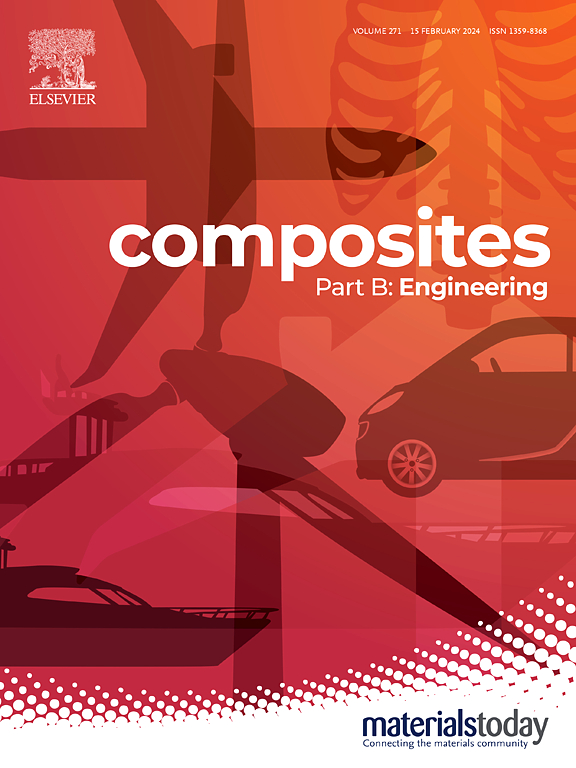Enhanced interfacial joining strength of laser wobble joined 6061-T6 Al alloy/CFRTP joint via interfacial bionic textures pre-construction
Abstract
The joining of metals and carbon fiber reinforced thermoplastics composite (CFRTP) is recently considered to be an effective and promising way to meet the lightweight requirements of manufacturing in the aviation field. Herein, novel bionic textures (fishbone-like and nacre-like), constructed by laser pretreatment, are proposed to enhance the hybrid joints of 6061 Al alloy and CFRTP by the laser wobble joining method. The effects of the proposed bionic textures on the hybrid joints of 6061/CFRTP were uncovered through a systematic experimental method and finite element analysis (FEA). The results indicated that the strength and toughness of the hybrid joints with novel bionic textures were both distinctly improved compared with that of conventional textures (groove-like and circular-like). This strengthening effect can be essentially attributed to the buffering of interfacial stress concentration and the deflection behavior of cracks. The observed interfacial gaps and fractured resin appearance both distributed near the sides of the textures demonstrate that the cracks propagate inside the resin on one side of the texture and propagate along the interface on the other side. A new reinforcement strategy for hybrid metal/CFRTP joints has been proposed: regulating interfacial bionic textures to inhibit the initiation and propagation of interfacial cracks.

 求助内容:
求助内容: 应助结果提醒方式:
应助结果提醒方式:


